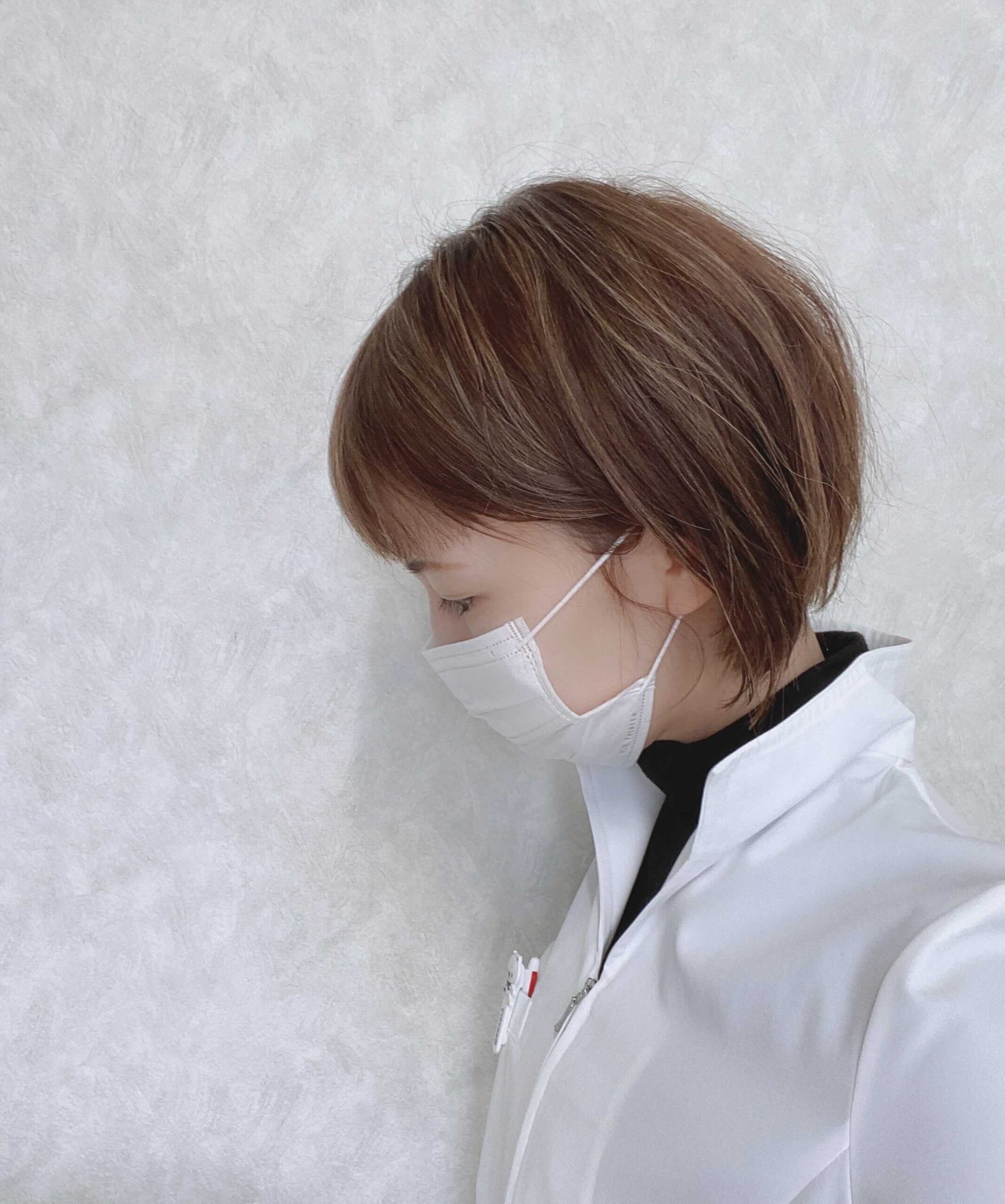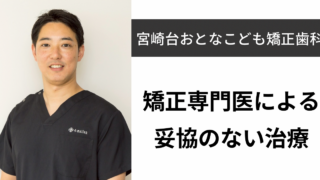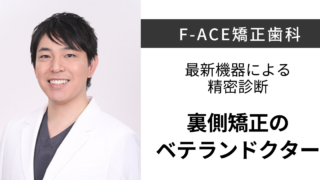
歯科矯正の種類を紹介!メインの3種類+αから自分に合った歯科矯正治療を選ぶためのコツ
歯科矯正治療をすることで、見た目の変化はもちろん、虫歯や歯周病予防へとつながります。言葉の発音も明確になり、笑顔でいることが増える可能性も。
ここでは、歯科矯正の種類と、自分に合った歯科矯正治療を選ぶためのコツについて紹介します。
歯科矯正の種類~メインの3種類
歯科矯正治療の代表的な種類として、次の3つがあげられます。
・ワイヤー矯正(表側矯正)
・裏側矯正(舌側矯正)
・マウスピース矯正(インビザラインなど)
ワイヤー矯正(表側矯正)

ワイヤー矯正は、歯科矯正の一般的なイメージの治療方法と言えるでしょう。歯の表側にワイヤーを通したブラケットを装着し、歯を動かして歯並びを整えていきます。
ブラケットを歯の表面に取り付けることから、「表側矯正」とも呼ばれます。
メタルブラケットと審美ブラケット
ワイヤー矯正のブラケットは、金属製の「メタルブラケット」が用いられる他、プラスチック製やセラミック製ので目立ちにくい「審美ブラケット」を選ぶことも可能です。
| メタルブラケット | 審美ブラケット | |
| ブラケットの強度 | 高 | メタルブラケットよりは若干低め |
| 見た目 | 目立ちやすい | ブラケットが透明や白色のため、目立ちにくい |
| 治療費用 | 安価に抑えられる可能性 | メタルブラケットより高額 |
裏側矯正(舌側矯正)
裏側矯正は、名前からイメージできるように、歯の裏側にブラケットを装着する、歯科矯正の治療法です。舌側へのブラケットの装着と捉えられることから、「舌側矯正」の別称も存在します。
裏側矯正の一番のメリットは、ブラケットが見えにくい点です。
歯科矯正治療をしていることを、できるだけ内緒にしたい方に向いていると言えるでしょう。
人と接する機会の多い、営業職やサービス業の方にもおすすめです。
歯の表側にブラケットを取り付けるワイヤー矯正と比べた際、難易度が高くなることから、歯科医師のテクニックが問われる治療法でもあります。
ブラケットを装着して間もない時期は、口の中の異物感に慣れることや、食事の工夫が必要です。
マウスピース矯正(インビザライン)

マウスピース矯正は、それぞれの歯並びに合わせた特製のマウスピースを、歯に装着して進めていく歯科矯正治療です。
マウスピースを新しいものに交換して、歯並びを整えていきます。
マウスピース矯正のメリット
歯科矯正治療にてマウスピース矯正を選ぶことで、このようなメリットがあります。
・歯科矯正治療をしていることがわかりにくい
・取り外しができる
・虫歯リスクが低い
・痛みが少ない
・金属アレルギーでも大丈夫
歯科矯正治療をしていることがわかりにくい
マウスピース矯正で使うマウスピースは、透明の素材でとても薄く(0.5mm程)で作られています。そのため、かなり凝視されない限りは、歯科矯正をしていることが判別しにくいのが一番のメリットと言えるでしょう。
取り外しができる
マウスピース矯正では、自分でマウスピースの取り外しが可能です。そのため、食事を楽しみたいときや、歯をしっかりと磨きたいときなどは、マウスピースの取り外すことが出来ます。
虫歯のリスクが低い
マウスピース矯正はワイヤー矯正や裏側矯正に比べて歯磨きが難しくなることはなく、いつも通りの歯磨きができます。そのため歯磨きが難しいワイヤー矯正などと比べて虫歯リスクが低くなります。
痛みが少ない
マウスピース矯正(インビザライン)はマウスピースを交換するごとに歯が動きますが、一度に動く距離が短いため、歯に必要以上に強い力がかからないため痛みが少ないといわれています。マウスピースを交換した直後~2,3日は痛みや違和感がある場合もあります。もちろん個人差がありますがほとんど痛みを感じないという方もいらっしゃいます。
金属アレルギーが避けられる
マウスピース矯正(インビザライン)で採用されるマウスピースは、プラスチック製が基本です。メタルブラケットのように金属が使われていません。そのため、金属アレルギーの方でも矯正治療ができます。
マウスピース矯正のデメリット
マウスピース矯正には、目立ちにくいことや取り外しができるメリットを持つ一方で、以下の2つのデメリットが生じることが想定されます。
・長時間のマウスピース装着
・マウスピース矯正をおすすめできないケースがある
長時間のマウスピース装着
マウスピース矯正は、1日20時間ほどのマウスピースの装着をすることで、歯科矯正の効果が発揮される治療法です。人によっては、長時間のマウスピース装着がストレスに感じるケースもあるかもしれません。
マウスピース矯正をおすすめできないケースが存在する
マウスピース矯正は、次のパターンに当てはまる方には、おすすめしにくい治療法でもあります。
・歯の本数が少なすぎる
・噛む力が強すぎる
・治療が難しい歯並び
・顎関節症
・歯周病の方
特に歯周病や顎関節症を患っている方は、治療をきちんと終えてから歯科矯正を検討してください。
歯科矯正の種類~その他の治療法
歯科矯正の種類として、ワイヤー矯正や裏側矯正、マウスピース矯正の他にも、組み合わせや歯並びの状況によって以下の4つの治療法から選ぶことも可能です。
・部分矯正
・ハーフリンガル矯正
・コンビネーション矯正
・インプラント矯正

部分矯正
部分矯正は、前歯にズレや隙間がある場合などの一部の歯を矯正する治療法です。ワイヤー矯正やマウスピース矯正で行う場合が多いでしょう。
ハーフリンガル矯正
ハーフリンガル矯正は、上側の歯に裏側矯正、下側の歯に対してワイヤー矯正と、上下別々の治療方法で行います。上の歯のほうが目立つのでこちらだけ裏側にするというこの方法も人気です。
コンビネーション矯正
歯科矯正治療の前期と後期に分けて、異なる治療法を組み合わせるのがコンビネーション矯正です。
前期にワイヤー矯正または裏側矯正。後期にマウスピース矯正へと切り替える形となります。
インプラント矯正
ワイヤー矯正や裏側矯正に+αとして行います。専用のアンカースクリューを歯茎に埋め込み、歯を移動する際の主軸とする治療法です。歯科矯正治療の完了後は、アンカースクリューを抜き取ります。
歯科矯正の種類~まとめ

ここまで、歯科矯正の種類のうち、ワイヤー矯正や裏側矯正、マウスピース矯正とその他の矯正治療法を紹介してきました。
歯科矯正治療を成功させるためには、歯並びや予算、治療にかけられる期間などを踏まえた上で、歯科医師に相談することが大切です。
まずは信頼できる歯科医師を探すことから始めてみてはいかがでしょうか。
365dentistでは矯正歯科探しのお手伝いをしています。
公式ラインでは地域ごとに経験豊富で信頼出来る医院をご紹介しています。
Twitterでもお気軽にお声がけください?
 365dentist総監修 歯科医師/勝屋友紀子
365dentist総監修 歯科医師/勝屋友紀子
長崎大学歯学部卒業、〜2018 九州医療センター歯科口腔外科、2018〜現在 都内歯科クリニック勤務
 監修 歯科医師/Naomi
監修 歯科医師/Naomi
臨床研修終後、都内審美歯科勤務。現在は非常勤歯科医師/歯科ライター
日本歯科審美学会会員/インビザドクター



















